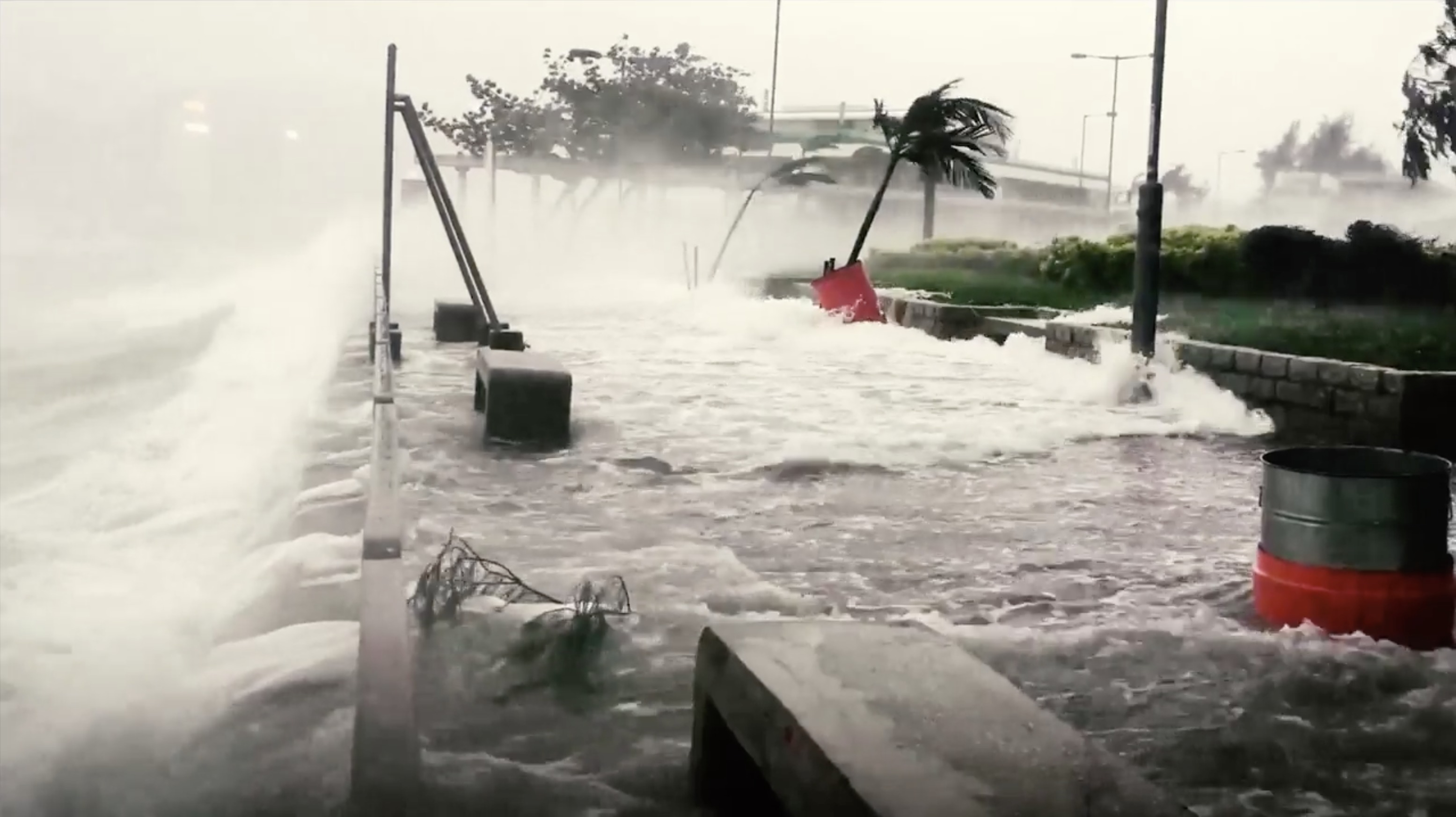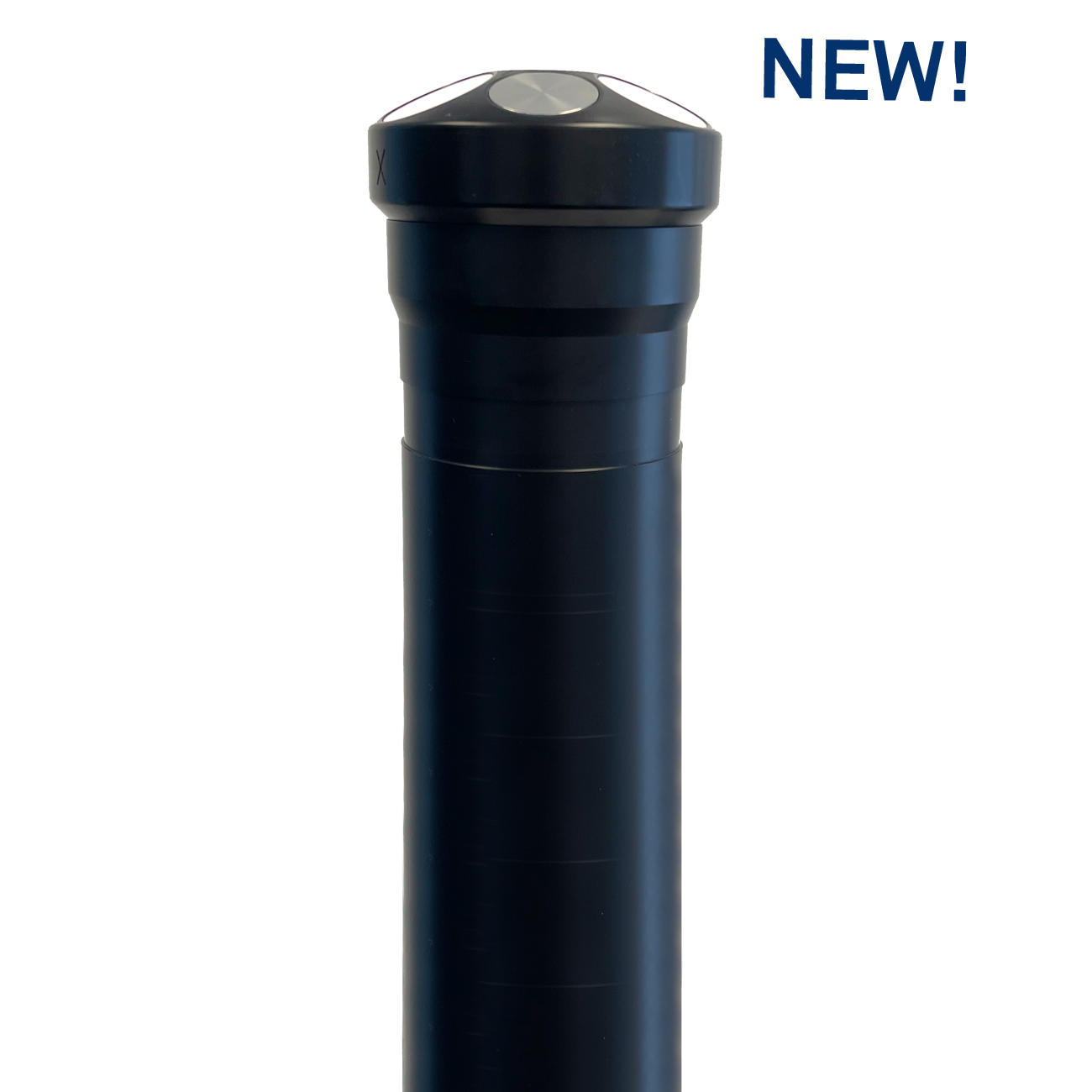
Improving storm surge forecasts with Doppler instrumentation
- User stories
Evacuating your home is a difficult experience at the best of times, but for the residents of Miami and the rest of south Florida, which lies at the tip of a peninsula, it is particularly harrowing. Under normal conditions, driving out of the state takes around six to eight hours. “When there’s a hurricane coming, that can triple or quadruple,” says Haus. “You may not be able to find the gas that you need to get all the way out. Everything you might need becomes scarce, so it’s a challenge and a stressful situation.”
Fortunately for Miami, Irma’s storm surges were not as devastating as forecast – which raises an important question: How do you get a better storm surge forecast far enough out that people can act? “We want to be able to plan evacuations more smartly, to evacuate only the people that need to be evacuated, and to have the warning and an accurate idea of what’s going on early enough that these evacuations can be handled in an organized way that helps protect the lives and safety of everybody involved,” explains Haus.
To improve forecasts, Haus and his colleagues at the University of Miami’s SUSTAIN Laboratory are creating artificial hurricanes in a specially designed tank.

Using the Vector and Aquadopp instruments for hurricane research
Key to the researchers’ work are Nortek’s Vectrino velocimeter and Aquadopp current profiler. “They are a robust way to make a measurement in this facility – even in relatively intense conditions,” Haus states. “Nortek staff have been very quick to respond and very helpful in our attempts to better understand the measurements we’re making and to improve them. We know that they know what our needs are, and we can work with them to help try to make their equipment better for our purposes.”

For Haus, the Vectrino has a number of key features that make it ideal for understanding what is happening in rapidly changing conditions. “It has a very fine spatial resolution, a short link path, and a high sampling speed,” he observes. But what is really useful for Haus is the ability to get very close to boundaries: “We use it either in an upward-looking configuration to try to get near the surface, or we use it on a frame, looking down, to get it near the bottom boundary layer.”
Read the latest news on Nortek product innovation and exciting features.
While the Vectrino is providing Haus with highly detailed measurements at the boundaries, the Aquadopp gives the big picture without compromising on spatial resolution. “The Aquadopp is primarily used in an upward-looking mode placed on the bottom. Using that, we can get pretty much the whole profile,” Haus notes. “It’s really nice to have, to help us understand what’s happening in the tank as a whole.”
Read article in ECO Magazine: "NOAA Upgrades Model to Improve Storm Surge Forecasting"



